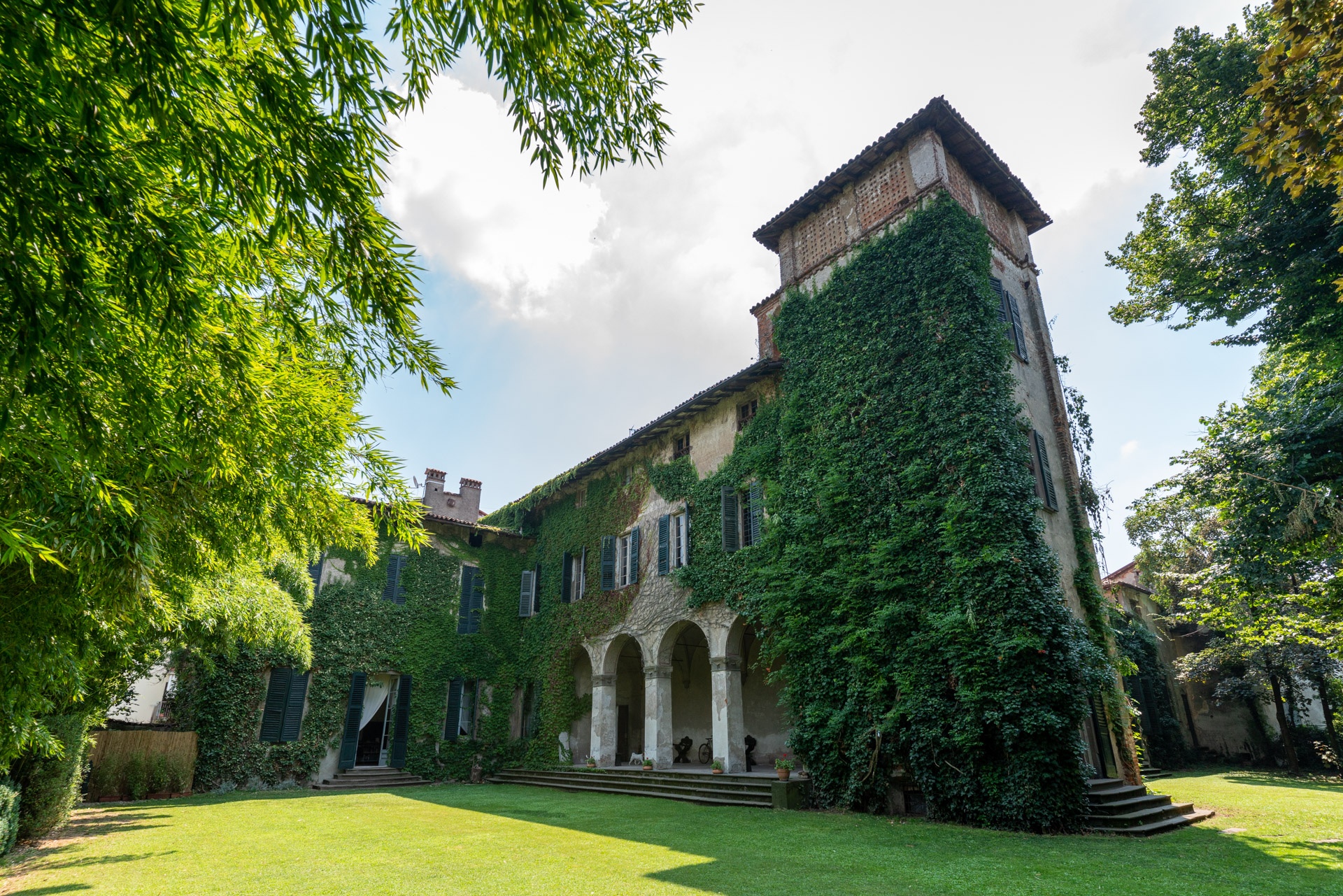Castle of Lurano Secco Suardo

Today the Castle of Lurano Secco Suardo looks like an articulated set of buildings developed around the internal courtyard with a rectangular plan. The main buildings are flanked by others, which surround the complex and which are directly connected to the central body.
From a planimetric point of view, the main part of the building retains an architectural structure dating back to the fifteenth century, characterized by the presence of a tower and a portico with cross vaults.
On the west front, along via Mazzini, the door of one of the entrances to the complex opens. This overlooks the garden and the Castle, and facilitates access to the seventeenth-century noble chapel. In it there are various tombstones including that of the sarcophagus of Alberico Suardo. Dating from 1309, it is a rare example of equestrian high relief attributed to one of the Campionesi masters. Another tombstone preserved here immediately attracts the visitor's attention, and is called the tombstone of the Ark of Baldino and Teutaldo.
On the external front of the chapel, at least two other works of art surmount the entrance; it is the interesting fresco of the Madonna with Saints and a classic Serliana that guarantees the light in the chapel.

At the end of the eighteenth century the garden was transformed into a botanical garden by Gerolamo Secco Suardo, a passionate lover of naturalistic disciplines. Even today the garden preserves some rare and precious species of trees and plants.
The history of the 'Castle' of Lurano is intertwined with that of the locality of the same name, located in the middle Bergamo plain, an area rich in water and favorable to crops and cattle breeding. Archaeological finds attest to the population since Roman times.
In all likelihood, the first defensive structures in Lurano were built in the early Middle Ages, as a fortified enclosure within which the inhabitants of the houses scattered throughout the countryside took refuge in case of danger. The 'Castle', as such, is mentioned for the first time in a document from the year 1216.
In the fourteenth and fifteenth centuries the history of Lurano and the Castle are marked by conflicts between the dominant families and by the related violence and military clashes for domination.
In February 1407, the Castle was besieged and then set on fire by the militias of Jacopo dal Verme.
From 1428 the territory of Bergamo was annexed to the Serenissima Republic of Venice. Lurano thus finds itself in a strategic position on the border between the State of Milan and the Venetian Republic and becomes a defensive outpost.
Map: Castle of Lurano Secco Suardo
Address: Via Giuseppe Mazzini, 13, 24050
Lurano (BG) Lombardia
Latitude: 45.56476998038839
Longitude: 9.640728235244751
Site: https://www.castellodilurano.i...
vCard created by: CHO.earth
Currently owned by: CHO.earth
Type: Building
Function: Castle
Creation date: 15-10-2020 06:12
Last update: 21/12/2020